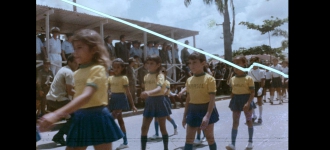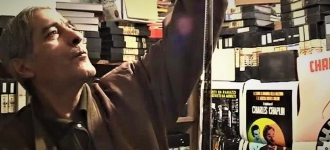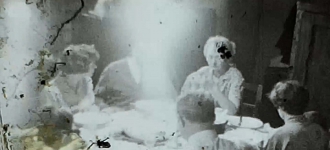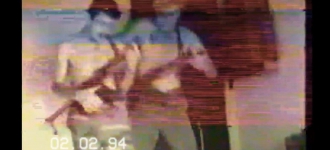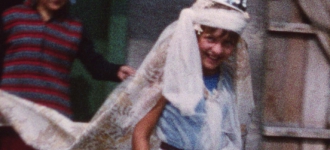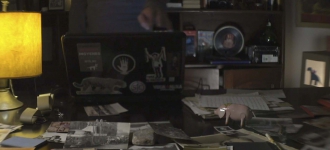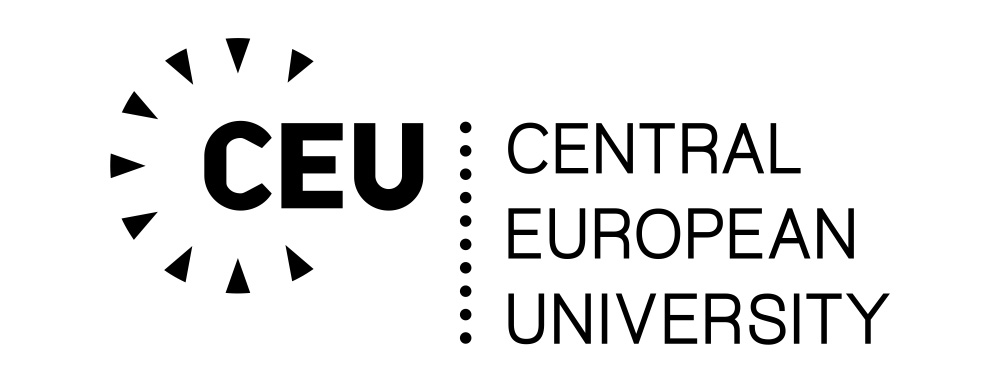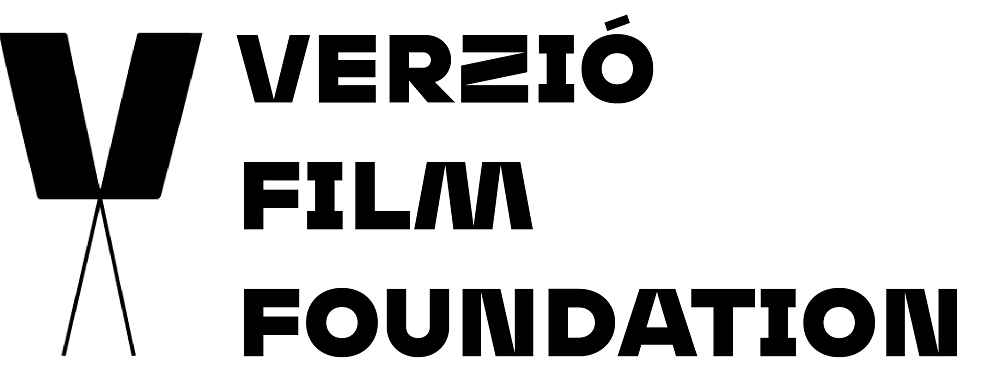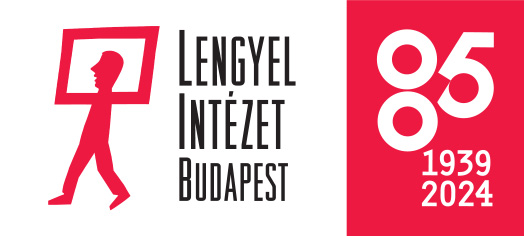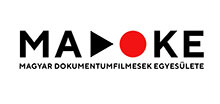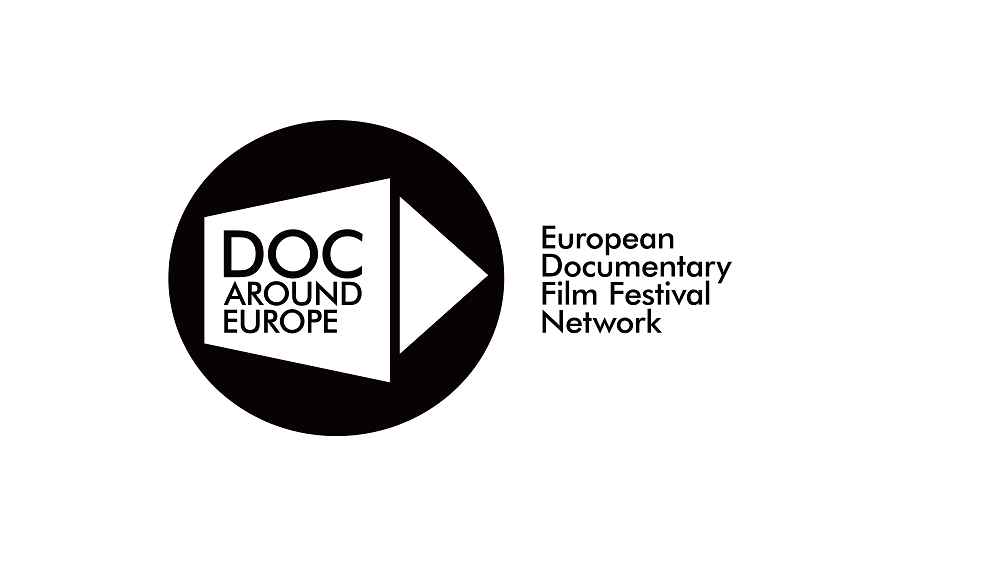Boxes of photographs, stacks of film reels, piles of VHS tapes – what stories do they keep, whose past do they preserve? Being an embodiment of materialized time, these records were once seen as reliable and important traces of lived experiences. Today, they bring more questions than answers. Having complex lives of their own, these collections are constantly moving, aging and finding new owners. They are transformed from the material into ephemeral digital beings; and get fragmented, reedited, and repurposed along the way.
Focusing on the many lives of still and moving images, the Viewfinder films both discover and imagine the layers of meaning in the collections, ranging from private family records to cinematic blockbusters. The filmmaking approaches are equally diverse – from a painstaking family archeology to an imaginary storytelling, powered by a creative use of found footage.
Beginning with a discovery of an anonymous discarded collection of family films, Dan Curean (Family Movies) sets off on a fascinating journey of restoring the names and histories of a multi-generational Hungarian family in Transylvania. Starting in the interwar years, the footage maps an extended family, whose poignant stories unfold through war and years in socialist Romania and conclude with a dramatic directorial tour-de-force.
Turning the camera on his own family and archive, Ado Hasanović (My Father’s Diaries) dives into the newsreels made by his father and his amateur video team in Srebrenica during the war in Bosnia-Herzegovina. Juxtaposing the decaying VHS records with present-day family routines and conversations, he not only shares the stories of survival and tragic perishing along with the day-to-day war experiences of the community, but exposes the burden the war takes on his own family to the present day.
Another moving first-person documentary, Celluloid Underground, pays homage to the director’s long-time friend and dedicated movie-collector. Ehsan Khoshbakht’s elegiac, reflexive film essay introduces the cinephile subculture in Tehran of his youth, where generations of film aficionados kept their passion for cinema alive despite the regime’s ban on preserving film collections as well as on public screenings.
João Pedro Bim (Behind Closed Doors) looks at the history of Brazilian military dictatorship by juxtaposing the propaganda newsreels of the national news agency with the soundtrack of a previously classified meeting of the National Security Council from 1968, which ushered the notorious Act No5 enabling the regime’s human rights abuses. The tension between the visible and invisible layers of control creates a powerful counterpoint in this story of high politics and domesticated authoritarianism.
Along with offering insights through in-depth visual archaeology, film archives spark creativity and imagination. In The Insides of our Lives Dutch filmmaker Misja Pekel joins forces with Bulgarian poet and writer Kapka Kassabova to create a fictional story of coming-of-age imaginary protagonists and their choices, visualized through a montage of found footage fragments that create a utopian – never-existing yet all-that-recognizable – universe.
The archives are not only a source of fascination and political target- they may also become an unnecessary burden for their owners. Aseneth Suarez Ruiz and Patrick Alexander (These are not our memories) start their film with comments on seemingly familiar and banal family images, but gradually undermine our certainty about the past they portray as the story of the collection itself comes to the fore.
Encompassing careful identification of the original provenance as well as possibilities of generating new meanings through associative montage, the films in the Viewfinder invite the audience to rethink the power of archives and to creatively question our own relationship with the past and its many images.
Oksana Sarkisova
Viewfinder program curator
